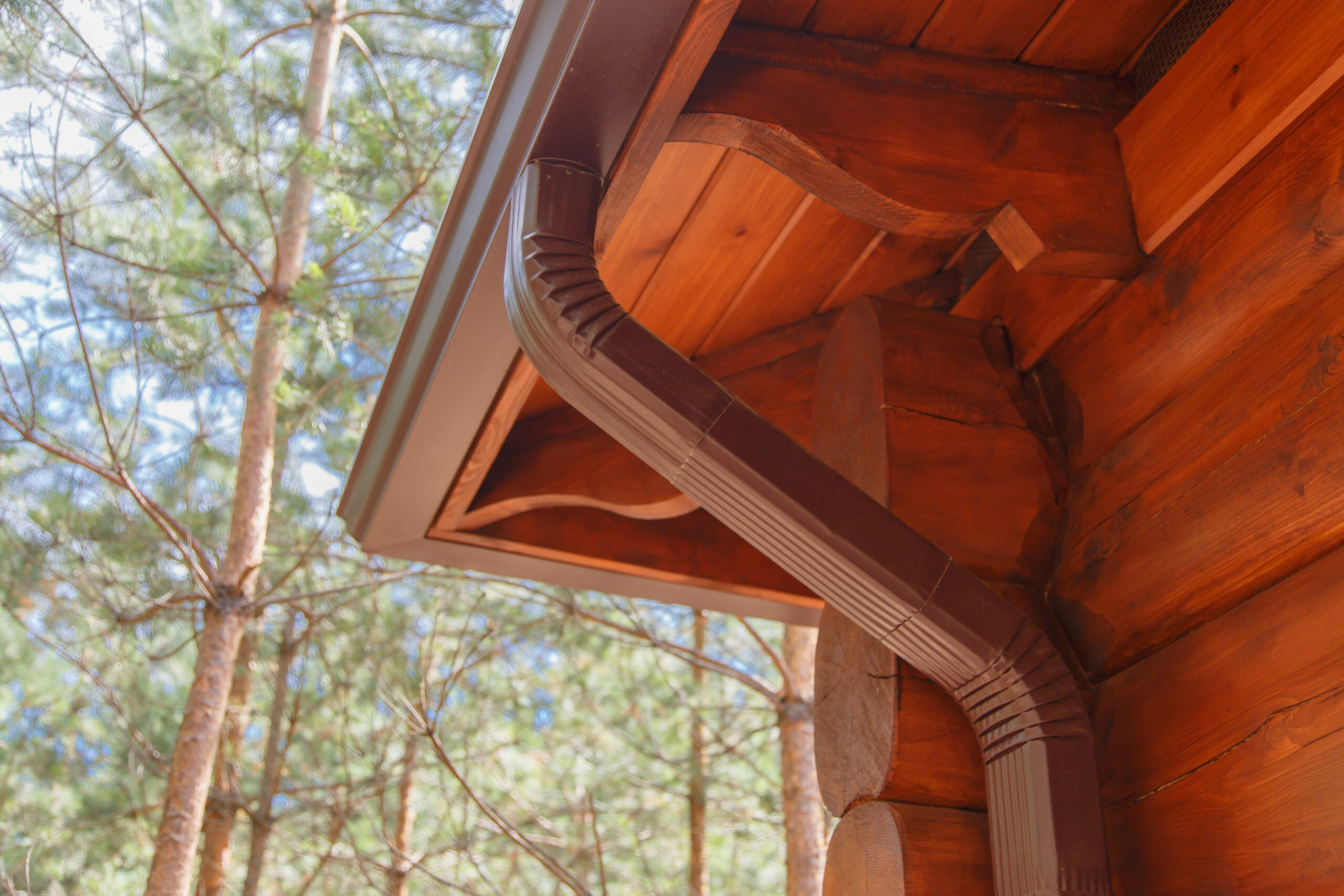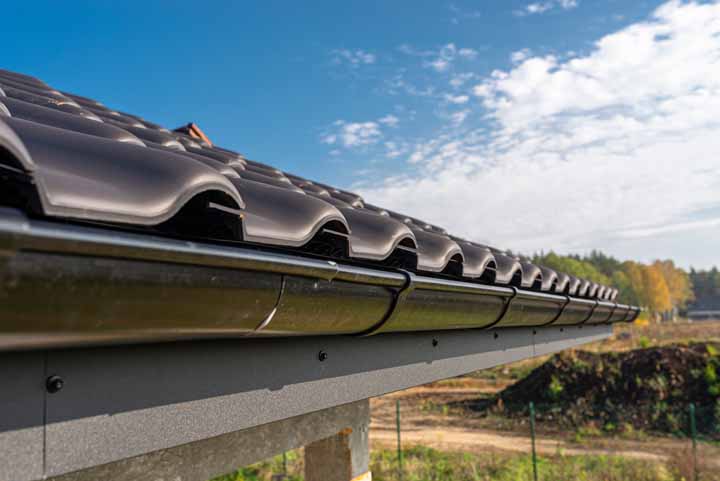What are the Pros and Cons of Fiber Cement Siding?
What is Cut Fiber Cement Siding and What are its Benefits? Fiber cement siding is a building material that has … Read More →

If you’ve ever had water damage in your home, the roof drainage system may be to blame. A roof with standing water often sustains structural damage, encourages plant growth and compromises its integrity.
Installing a roof drainage system protects your roofs from water damage, ultimately reducing repair and maintenance costs.
Many homeowners are unaware of a roof drainage system’s value until their roof leaks. A well-installed roof drainage system is essential for getting water and debris off the roof and preventing water from pooling near the foundation.
When people think about roof drainage, gutters nearly always come to mind. However, there are numerous more roof drains in addition to this common solution. Below we will go into more detail, including the pros and cons of the different types of roof drain systems.
Roof gutter systems are the go-to solution for many property owners to safeguard their roofs from water damage. They are reasonably priced and can adequately protect your doors, windows, siding and foundation from water damage. Aluminum, vinyl, and galvanized steel gutters are the most common materials for gutters, with aluminum being the most durable.
Pros:
Cons:
Scuppers come in the form of an opening in the outer walls. They are designed to drain roof water into the ground or a designated drainage area, making them perfect for properties with flat roofs.
Scuppers function better in drier, warmer areas with less rainfall. Consider combining a rainwater collector with scuppers or gutters.
Pros:
Cons:
Commercial properties often have inner drainage installed under the roof or parapet wall to keep the space looking nice. Inner drains are commonly installed on commercial buildings with sloped roofs and high-rise structures to prevent flooding or pooling in the gutters.
This drainage system is usually installed in the middle of the roof or wherever the slope is oriented. In most cases, inner drains are controlled by a lower roof drainage system that directs water flow away from the building, usually to a nearby rain gutter.
Pros:
Cons:
The siphonic roof water drainage system is the most often installed water drainage system. This system relies on the roof’s slope to generate an undertow that lifts debris and collects water off the top surface of the roof, requiring minimal cleaning and maintenance.
It is commonly used for flat roof drainage systems because it drains water faster than other roof drainage systems.
Pros:
Cons:

No one wants to deal with water pooling or excess water on the roof. If you’re unsure which type of drainage system, including underground drainage systems, will work best for your home or commercial building, we can help.
JET Contracting is a full-service roofing contractor specializing in all types of commercial roof drainage systems and can give you an expert opinion on which type will work best. We have over 20 decades of commercial roofing experience and know the right way to handle any job.
Get in touch with JET’s expert staff today to learn more about our offerings.
What is Cut Fiber Cement Siding and What are its Benefits? Fiber cement siding is a building material that has … Read More →
Extend the Life of Your Roof System Commercial roofs are often exposed to harsh weather conditions and need regular maintenance … Read More →
It’s Important to Clean Your Gutters Regularly Gutters play an important role in protecting your home from water damage. They … Read More →